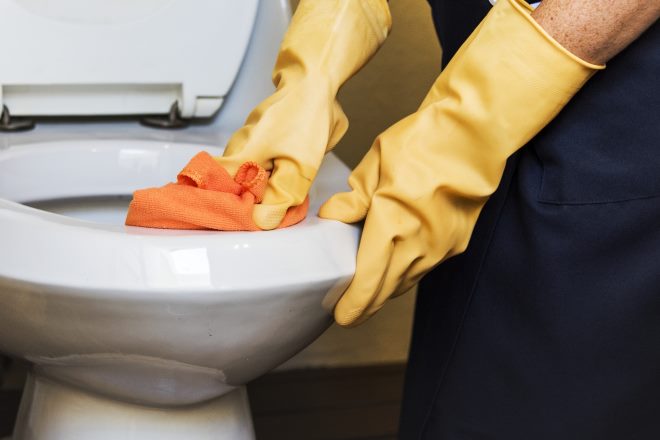Toilet Paper: Essential for Hygiene and Comfort in the Bathroom
Toilet paper is a ubiquitous household item found in bathrooms worldwide. This soft, disposable paper product plays a crucial role in personal hygiene and sanitation. While its primary function is straightforward, toilet paper has a rich history, various manufacturing processes, and environmental considerations that make it an interesting subject to explore.

Why is toilet paper important for bathroom hygiene?
Toilet paper plays a vital role in maintaining personal hygiene and preventing the spread of bacteria and diseases. By effectively cleaning after using the toilet, it helps reduce the risk of infections and promotes overall health. Additionally, toilet paper contributes to the cleanliness of bathrooms by minimizing the transfer of waste to surfaces and clothing. Its soft texture also provides comfort during use, making it an essential item in most modern bathrooms.
How does toilet paper impact the environment?
The environmental impact of toilet paper production and use is a growing concern. Traditional toilet paper made from virgin wood pulp contributes to deforestation and requires significant water and energy resources during manufacturing. However, many companies are now offering eco-friendly alternatives made from recycled materials or sustainable sources like bamboo. These options aim to reduce the environmental footprint of toilet paper consumption while still providing effective hygiene solutions for consumers.
What are the different types of toilet paper available?
Toilet paper comes in various types to suit different preferences and needs. Some common varieties include:
-
Single-ply vs. multi-ply: Refers to the number of layers in each sheet, with multi-ply options generally offering more strength and softness.
-
Quilted or textured: Features embossed patterns for improved absorbency and comfort.
-
Recycled: Made from post-consumer recycled paper materials.
-
Biodegradable: Designed to break down more quickly in septic systems or composting toilets.
-
Scented: Infused with fragrances for a fresh bathroom smell.
-
Hypoallergenic: Formulated for sensitive skin and those with allergies.
How does toilet paper fit into overall household management?
Toilet paper is a staple in household management and budget planning. Its regular consumption means it needs to be replenished frequently, making it a consistent item on shopping lists. Many households opt to buy in bulk to save money and ensure a constant supply. Additionally, proper storage of toilet paper is important to maintain its quality and prevent waste. Some homeowners choose to install specific storage solutions in their bathrooms to keep extra rolls easily accessible and protected from moisture.
What factors should consumers consider when choosing toilet paper?
When selecting toilet paper, consumers often weigh several factors to find the best option for their needs and preferences. Some key considerations include:
| Factor | Description | Importance |
|---|---|---|
| Softness | The texture and feel of the paper | Comfort during use |
| Strength | Ability to withstand use without tearing | Effectiveness and hygiene |
| Absorbency | How well it absorbs moisture | Efficiency and cleanliness |
| Environmental impact | Sustainability of materials and production | Eco-consciousness |
| Cost | Price per roll or sheet | Budget management |
| Septic safety | Compatibility with septic systems | Plumbing considerations |
| Brand reputation | Consistency and quality assurance | Trust and reliability |
Prices, rates, or cost estimates mentioned in this article are based on the latest available information but may change over time. Independent research is advised before making financial decisions.
In conclusion, toilet paper is an essential household product that plays a significant role in personal hygiene and bathroom cleanliness. Its production, environmental impact, and various types offer consumers a range of choices to meet their specific needs. By understanding the factors involved in selecting toilet paper, individuals can make informed decisions that balance comfort, effectiveness, and environmental responsibility in their daily lives.






